Complementary Therapies in Nursing and Midwifery
"Complementary and alternative medicine" (CAM) is defined by the World Health Organization as a broad group of health-care techniques that are not part of a country's own tradition and are not integrated into the dominant health-care system. Alternative treatments are utilised instead of existing treatments, and complementary therapy is frequently used in conjunction with current treatments. Acupuncture, aromatherapy, herbal and homoeopathic medications, meditation, movement therapies, chiropractic and osteopathic manipulation, and others are examples of CAM. According to a review of recent research from throughout the world, 5-74.8 percent of individuals in underdeveloped countries employ these therapeutic modalities, particularly for chronic ailments. Women are more likely to use complementary and alternative medicine (CAM) than men. Many women prefer to utilise complementary and alternative medicine (CAM) during pregnancy since it has fewer adverse effects than chemical medications. Midwives employ complementary therapies in their job more than other medical practitioners across the world nowadays. According to a research analysis, 65 percent to 100 percent of midwives use one or more complementary therapies.
- Ethical Issues
- Massage Therapy
- Herbal Medicines
- Relaxation Techniques
- Nutritional Supplements
- Aromatherapy
- Homeopathy
- Acupuncture
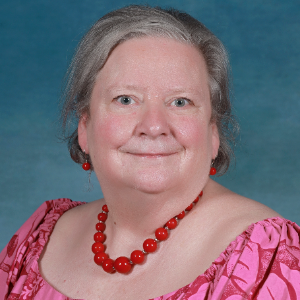
Nina Beaman
Aspen University, United States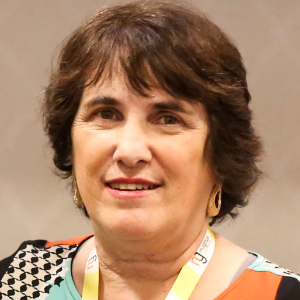
Daryle Wane
Pasco-Hernando State College, United States
Robin Adams Geiger
Ingenovis Health, United States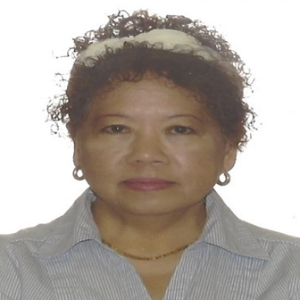
Elvessa Narvasa
Quebec CCN, Canada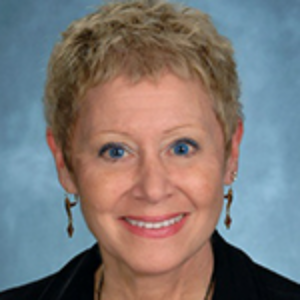
Sue Roe
The Roe Group Enterprises, LLC, United States
Maria Kozlowski Gibson
Cleveland State University, United States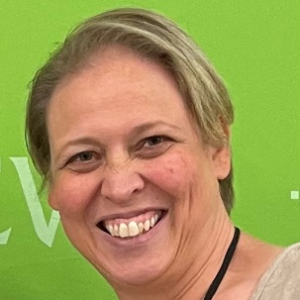


Title : Nurse as designer: Innovative practice contributing to nursing science
Jean Ross, Otago Polytechnic, New Zealand
Title : Creating a culture of mentorship: Empowering nurses to reach their full potential
Robin Adams Geiger, Ingenovis Health, United States
Title : Emerging paradigm of patient care in the age of wearable technology
Elvessa Narvasa, Quebec CCN, Canada
Title : Late adverse effects of the treatment for childhood cancer
Jelena Roganovic, University of Rijeka, Croatia (Hrvatska)
Title : Relevance of clinical practice in nursing education
Daryle Wane, Pasco-Hernando State College, United States
Title : The neurobiology of aggression: De-escalation and whole-brain processing techniques
Nina Beaman, Aspen University, United States